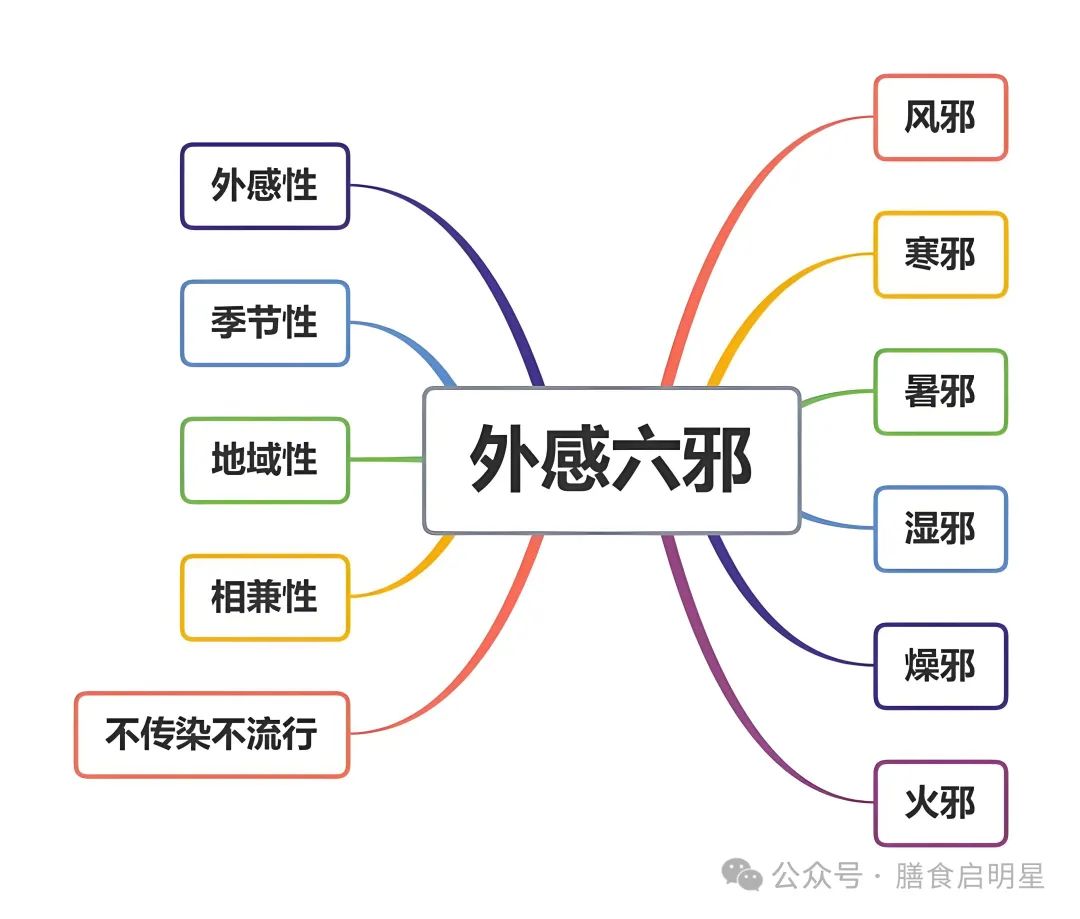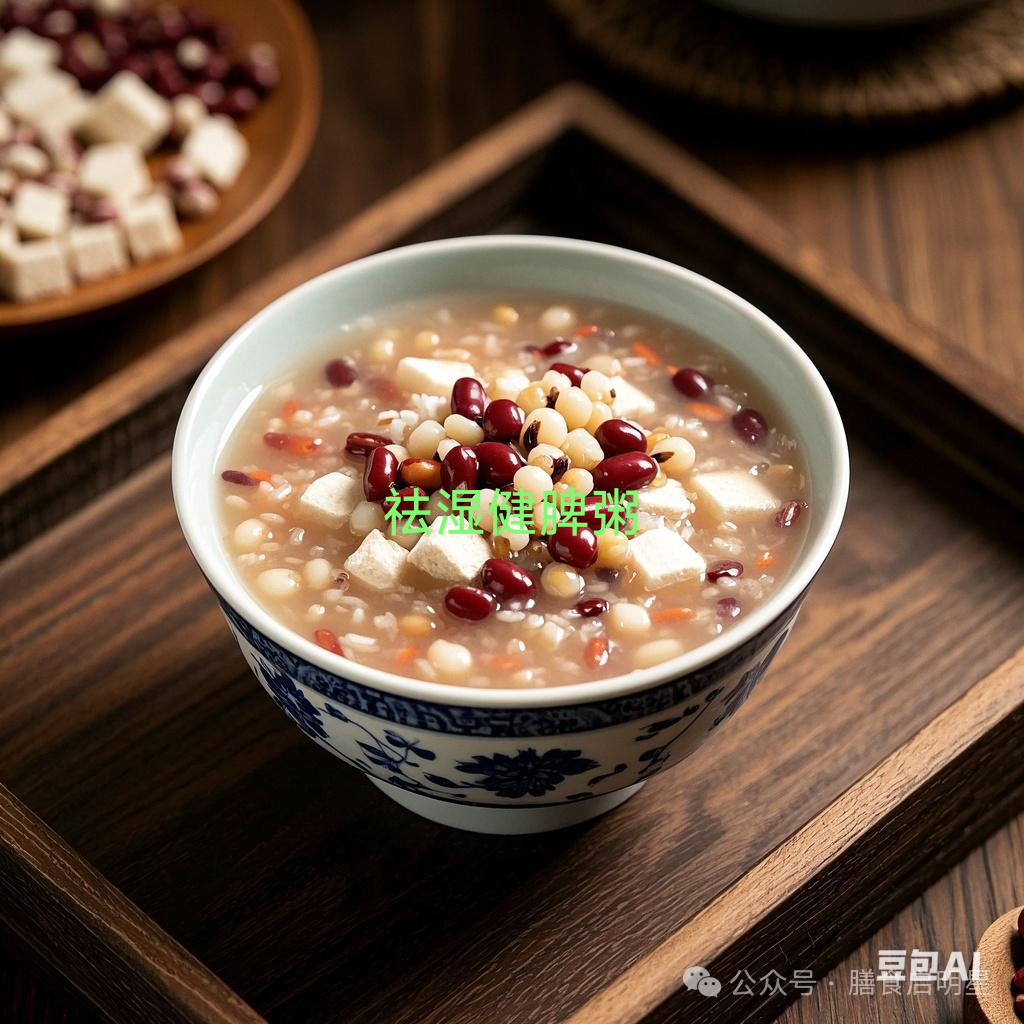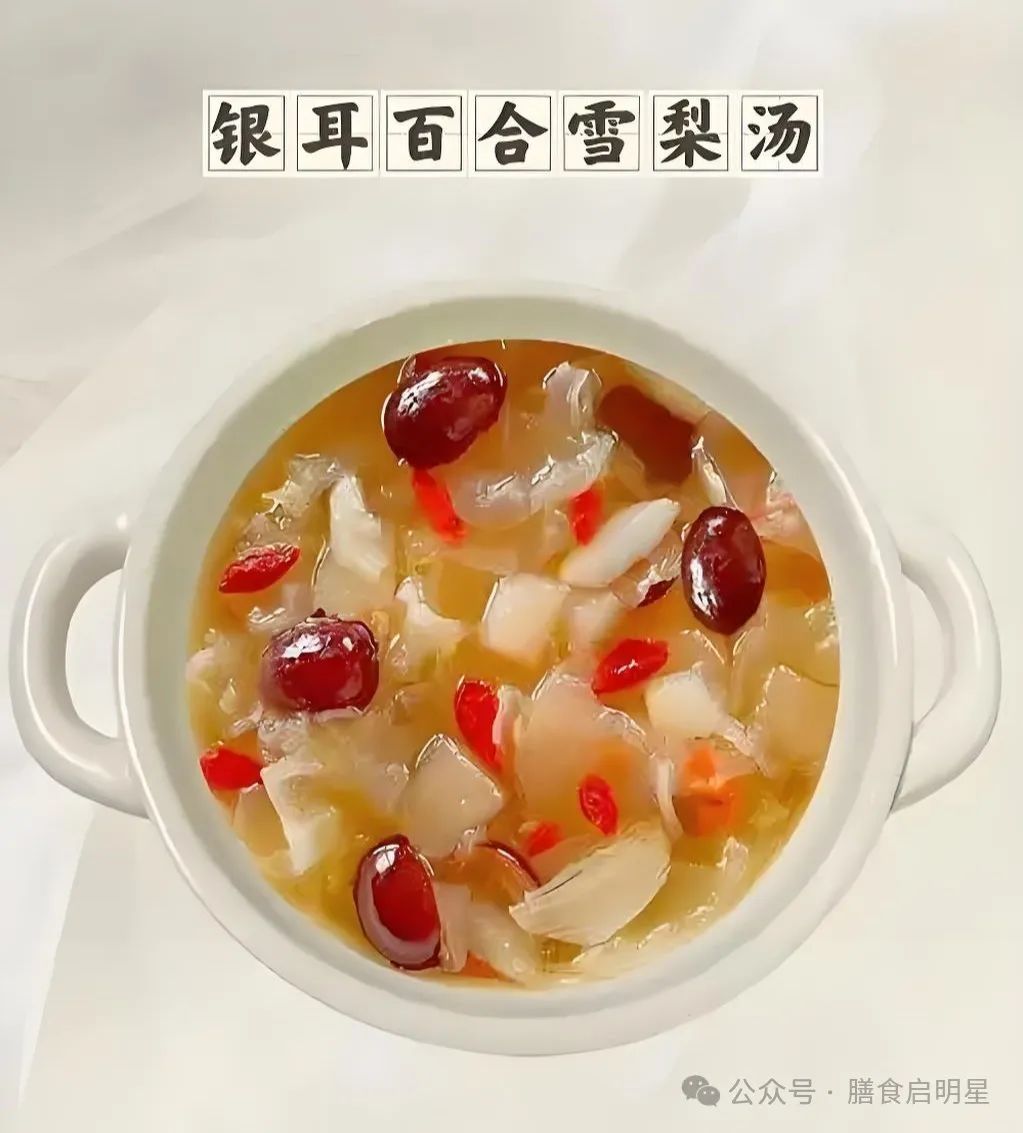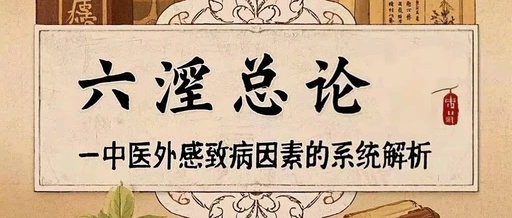Hello everyone! In the past half month, I have completed and published two series on medicinal cuisine, namely “Principles of Medicinal Cuisine Application” (5 episodes) and “Common Dietary Therapy Recipes in TCM” (10 episodes). Thank you to all readers for your continued attention and likes! Your benefits and shares are my ongoing motivation for deepening the content creation and dissemination of medicinal cuisine culture.
Starting today, I will present a series on the Six Excesses in Traditional Chinese Medicine (TCM), including an overview and six specialized episodes. In TCM theory, the “Six Excesses” are the core causes of externally contracted diseases, yet the public’s understanding often remains superficial. This series aims to explain the characteristics, pathogenic patterns, and prevention and treatment methods of the six evils: wind (feng), cold (han), summer heat (shu), dampness (shi), dryness (zao), and fire (huo) in simple language, helping readers understand the logic of TCM health preservation, and striving to use TCM wisdom to solve modern health dilemmas. The first article is an overview, followed by detailed discussions on each evil, aiming for a balance between scientific rigor and practicality.

1. Attributes, Symptoms, and Pathogenic Mechanisms of the Six Excesses
1. Wind Evil (Feng Xie)
– Attributes: Externally contracted, combinable (easily combines with other pathogenic factors).
– Symptoms: Headache, migratory joint pain, nasal congestion with runny nose.
– Mechanism: Wind is the “leader of all diseases,” invading the body surface and disturbing the circulation of qi and blood.
2. Cold Evil (Han Xie)
– Attributes: Seasonal (high incidence in winter), stagnating.
– Symptoms: Aversion to cold, cold limbs, abdominal pain, diarrhea, and joint stiffness.
– Mechanism: Cold nature contracts and obstructs yang qi, leading to stagnation of qi and blood.
3. Summer Heat Evil (Shu Xie)
– Attributes: Seasonal (summer), regional (more severe in humid and hot areas).
– Symptoms: High fever, thirst, excessive sweating, fatigue, chest tightness, and nausea.
– Mechanism: Summer heat is a yang evil that consumes qi and injures body fluids, easily accompanied by dampness to cause disease.
4. Damp Evil (Shi Xie)
– Attributes: Regional (humid southern areas), sticky (prolonged illness).
– Symptoms: Heaviness in the head and body, loss of appetite, persistent eczema.
– Mechanism: Dampness is heavy and turbid, obstructing the movement of qi and affecting the spleen and stomach’s transformation and transportation.
5. Dry Evil (Zao Xie)
– Attributes: Seasonal (autumn), regional (dry areas).
– Symptoms: Dry mouth and throat, dry and cracked skin, dry cough with little phlegm.
– Mechanism: Dry evil injures body fluids, with the lungs and skin being the most susceptible.
6. Fire Evil (Huo Xie)
– Attributes: Externally contracted (e.g., heat toxins), internally generated (e.g., liver fire rising).
– Symptoms: Red face and eyes, sores on the tongue and mouth, constipation, and yellow urine.
– Mechanism: Fire nature rises and burns body fluids, disturbing the spirit.
2. Medicinal Cuisine Recipes for Regulation
1. Dampness-Expelling and Spleen-Strengthening Porridge
– Ingredients: Fu Ling (Poria) 15g, Yi Yi Ren (Job’s Tears) 30g, Chi Xiao Dou (Adzuki Beans) 20g, Jing Mi (Glutinous Rice) 50g.
– Method: Wash the ingredients, add water, and cook until soft. A little brown sugar can be added for flavor.
– Dosage: One bowl each morning and evening for a week.
– Efficacy: Strengthens the spleen and dispels dampness, alleviating heaviness in the head and loss of appetite.

2. Moistening Dryness Tremella Soup
– Ingredients: Yin Er (Tremella) 20g, Bai He (Lily Bulb) 10g, Xue Li (Snow Pear) 1, rock sugar to taste.
– Method: Soak the Tremella, then stew with lily bulb and snow pear for 1 hour, adding rock sugar to dissolve.
– Dosage: Once daily for 3 days.
– Efficacy: Nourishes yin and moistens the lungs, improving dry cough and dry skin in autumn.

3. Case Sharing
Case 1: Ms. Zhang, 35 years old, often experiences nasal congestion and headaches in spring. TCM diagnosis was “wind evil attacking the surface,” and she was advised to drink Fang Feng Tea (Fang Feng 5g, Zi Su Ye 3g steeped in water), with symptoms alleviated after 3 days.
Case 2: Mr. Li, 50 years old, felt dizzy and nauseous after high summer temperatures. Diagnosed with “summer heat dampness internally retained,” he took Huo Xiang Zheng Qi Water and combined it with mung bean soup for regulation, recovering after 2 days.
[Conclusion and Interaction]
The pathogenic effects of the Six Excesses are closely related to nature and the human body; disease prevention requires “adapting to the evil.” This series will further analyze each evil, helping you grasp the essence of TCM health preservation. Have you experienced health issues due to seasonal changes? For example, dry skin in autumn and winter or dizziness from summer heat? Feel free to share your experiences in the comments, like and follow this series to unlock more TCM wisdom!
Health Tip: Dietary Guidance

